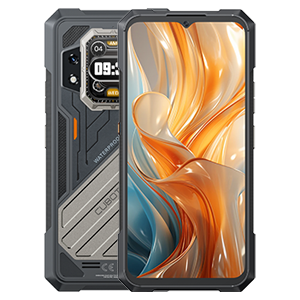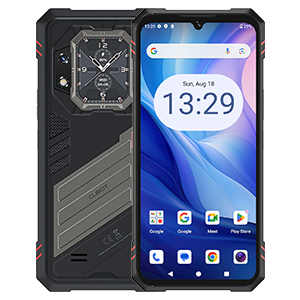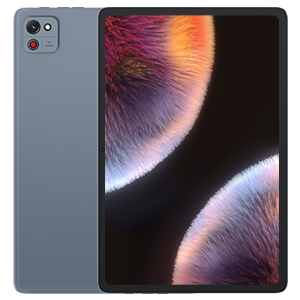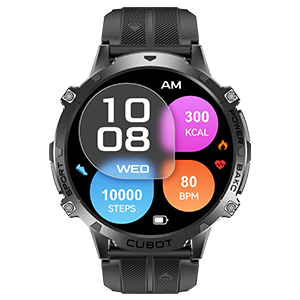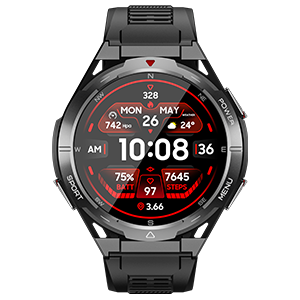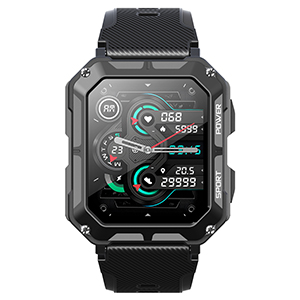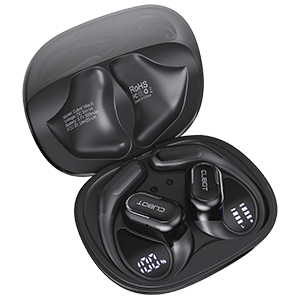Introduction
In today’s world, smartphones face all kinds of challenges—accidental drops, harsh environments, and everyday wear and tear. For rugged phones, durability isn’t just a feature; it’s a necessity. But how do we make sure these devices can withstand impacts? The answer lies in drop tests, a crucial part of the quality control process.
Let’s explore how drop tests work, what standards are followed, and how they guarantee that rugged phones are built to last.
What is a Drop Test?
A drop test is a controlled experiment that simulates real-life falls to evaluate a phone’s resistance to impacts, shocks, and structural stress. This test helps ensure that a device can survive common accidents like falling from a pocket, slipping off a table, or tumbling onto rough surfaces.
How Drop Tests Are Conducted
Standardized Drop Heights
Drop tests typically involve dropping the phone from 1.2 to 1.8 meters (4-6 feet), mimicking typical accidents like:
Pocket drops – Falling from waist height.
Desk drops – Slipping off a table or shelf.
Outdoor falls – Dropping on concrete, rocks, or hard terrain.
Some ultra-rugged devices even undergo higher drop tests, simulating extreme scenarios.
Multiple Impact Angles
A phone doesn’t always fall perfectly flat. That’s why drop tests include:
Corner impacts – The most vulnerable areas, often reinforced with rubberized edges.
Edge drops – Simulating real-world slips.
Face-down and back-down drops – Testing screen and rear panel durability.
Different Surface Materials
To ensure comprehensive testing, devices are dropped onto surfaces like:
Wood – Simulating home and office environments.
Concrete – Mimicking real-world urban falls.
Steel plates – Extreme testing for industrial and military-grade durability.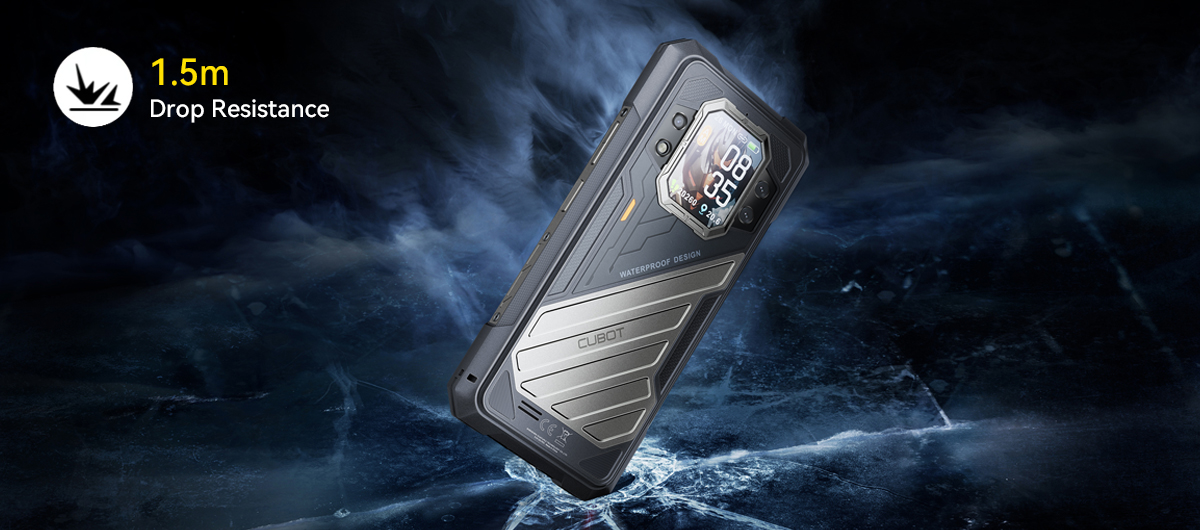
Rugged Certifications: MIL-STD-810H Drop Tests
The MIL-STD-810H certification is a military-grade standard that ensures rugged devices can survive multiple drops. Phones undergo:
Repeated drops from at least 1.5 meters (5 feet) onto a hard surface.
Vibration resistance to simulate falls in moving vehicles or rough handling.
Shock absorption testing to assess internal component stability.
How Rugged Phones Are Designed for Maximum Durability
To pass drop tests, rugged phones integrate advanced design elements, including:
Reinforced Frames – Shock-absorbing materials like rubberized corners and metal-reinforced bodies help disperse impact forces.
Shatter-Resistant Screens – Many rugged phones use Gorilla Glass or equivalent toughened glass to resist cracks and scratches.
Secure Internal Components – Tightly packed components prevent internal damage even if the phone takes a hard hit.
Shockproof Layers – Extra protective cushioning around the battery and motherboard prevents damage from sudden impacts.
Why Drop Testing Matters
Ensures real-world reliability in tough environments. Guarantees longer lifespan, reducing the need for frequent repairs or replacements. Provides peace of mind for users in demanding jobs and outdoor activities.
Whether you're an adventurer, construction worker, or just accident-prone, a phone that has passed rigorous drop tests will stay tough when it matters most.
Conclusion
Drop tests are a vital part of rugged phone durability. Through standardized drop heights, impact angles, and certified tests like MIL-STD-810H, we ensure that rugged smartphones can handle the unexpected.





